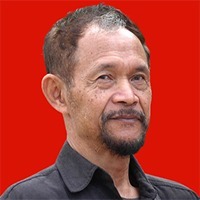Speech
Monday, November 4, 2019
arsip tempo : 171400563165.

THE Indonesian language was not created and fashioned from a single center. And never from a State power. It grew—we will never know exactly when it began—in the midst of crowded markets, in Islamic boarding schools on the edges of towns, in palace corridors and sultans’ treaties, and in church congregations in mixed cities like 17th century Batavia. It was enriched by daily newspapers not written by literati, by sports news wit
...
Subscribe to continue reading.
We craft news with stories.
 For the benefits of subscribing to Digital Tempo, See More
For the benefits of subscribing to Digital Tempo, See More








